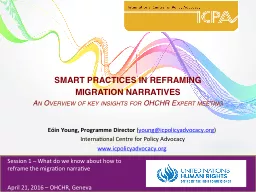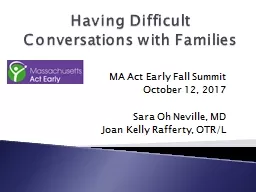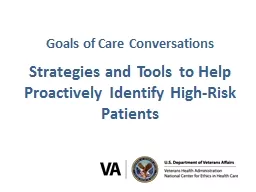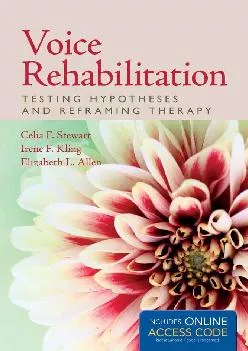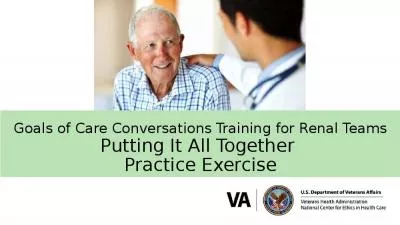PPT-Goals of Care Conversations – Part 1 Reframing: We’re in a Different Place
Author : celsa-spraggs | Published Date : 2019-11-06
Goals of Care Conversations Part 1 Reframing Were in a Different Place Training for Physicians Advance Practice Nurses and Physician Assistants Serious Illness
Presentation Embed Code
Download Presentation
Download Presentation The PPT/PDF document "Goals of Care Conversations – Part 1 R..." is the property of its rightful owner. Permission is granted to download and print the materials on this website for personal, non-commercial use only, and to display it on your personal computer provided you do not modify the materials and that you retain all copyright notices contained in the materials. By downloading content from our website, you accept the terms of this agreement.
Goals of Care Conversations – Part 1 Reframing: We’re in a Different Place: Transcript
Download Rules Of Document
"Goals of Care Conversations – Part 1 Reframing: We’re in a Different Place"The content belongs to its owner. You may download and print it for personal use, without modification, and keep all copyright notices. By downloading, you agree to these terms.
Related Documents




